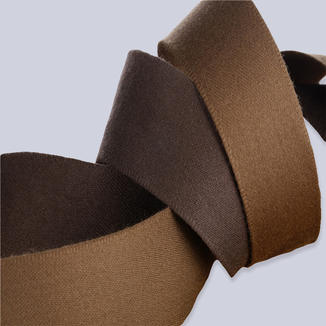In the textile industry, the combination of natural and synthetic fibers has long been a strategy to achieve the perfect balance of comfort, durability, and cost-effectiveness. Among these, the cotton-polyester blend stands out as one of the most popular fabric materials. But is blended cotton-polyester yarn truly the best of both worlds? Let’s take a closer look at its composition, performance, and market relevance — especially regarding the growing demand for Polyester Yarn.
Understanding the Cotton-Polyester Blend
What Is Cotton-Polyester Yarn?
Cotton-polyester yarn is a hybrid material that merges the softness and breathability of cotton with the strength and wrinkle resistance of polyester. Typically, it’s made by spinning cotton fibers with Polyester Yarn in varying ratios, commonly 65/35 or 50/50. This blend creates a versatile yarn suitable for clothing, home textiles, and industrial applications.
Why Blend Cotton and Polyester?
The motivation behind blending these two fibers lies in their complementary characteristics. Cotton offers comfort and moisture absorption, while polyester contributes durability, elasticity, and quick-drying capabilities. When combined, the resulting fabric minimizes the disadvantages of each component while amplifying their advantages.
Advantages of Cotton-Polyester Blended Yarn
1. Enhanced Durability and Shape Retention
Pure cotton fabrics tend to shrink and lose shape after washing. By incorporating Polyester Yarn, the fabric gains resilience and better structural stability. The polyester fibers provide tensile strength, reducing wear and tear over time — a key factor for apparel manufacturers seeking long-lasting materials.
2. Improved Comfort and Breathability
While polyester alone can feel less breathable, the addition of cotton balances the texture and comfort. Cotton’s natural moisture-wicking properties ensure that garments made from blended yarns feel pleasant against the skin, even in warm weather.
3. Cost Efficiency
Compared to 100% cotton yarn, blended cotton-polyester yarn is generally more economical. Polyester fibers are less expensive to produce, which reduces the overall manufacturing cost without significantly compromising on quality.
4. Wrinkle and Shrink Resistance
Polyester’s synthetic structure helps blended fabrics resist wrinkles and maintain smoothness, even after repeated washes. This makes cotton-polyester blends ideal for everyday clothing such as shirts, uniforms, and sportswear.
5. Color Fastness and Easy Care
Another notable advantage is color retention. Polyester Yarn holds dye well, ensuring bright and vivid hues that don’t fade easily. Moreover, these blended fabrics are machine washable and require minimal ironing, making them convenient for modern lifestyles.
Potential Drawbacks to Consider
1. Reduced Biodegradability
While cotton is biodegradable, polyester is not. Therefore, environmental concerns may arise regarding disposal and recycling. However, ongoing innovations in recycled Polyester Yarn are helping to reduce the ecological impact of blended textiles.
2. Limited Heat Resistance
Polyester fibers have a lower melting point compared to cotton, meaning that blended fabrics may require more careful ironing or washing at lower temperatures.
Applications of Cotton-Polyester Yarn
In Apparel Manufacturing
Blended cotton-polyester yarn is widely used in T-shirts, polo shirts, workwear, and denim fabrics. The combination ensures garments that are comfortable yet durable, ideal for daily wear.
In Home Textiles
It’s also a favorite in the home textile sector — from bed sheets to curtains — offering easy maintenance, longevity, and resistance to creasing.
Blended cotton-polyester yarn indeed captures many of the best attributes of both fibers. With the comfort of cotton and the resilience of Polyester Yarn, it offers a practical solution for manufacturers and consumers alike. As sustainability continues to shape textile innovation, the future may see even more eco-friendly and high-performance blends that further enhance this timeless material combination.

 英语
英语 中文简体
中文简体











 100% Polyester Series
100% Polyester Series






